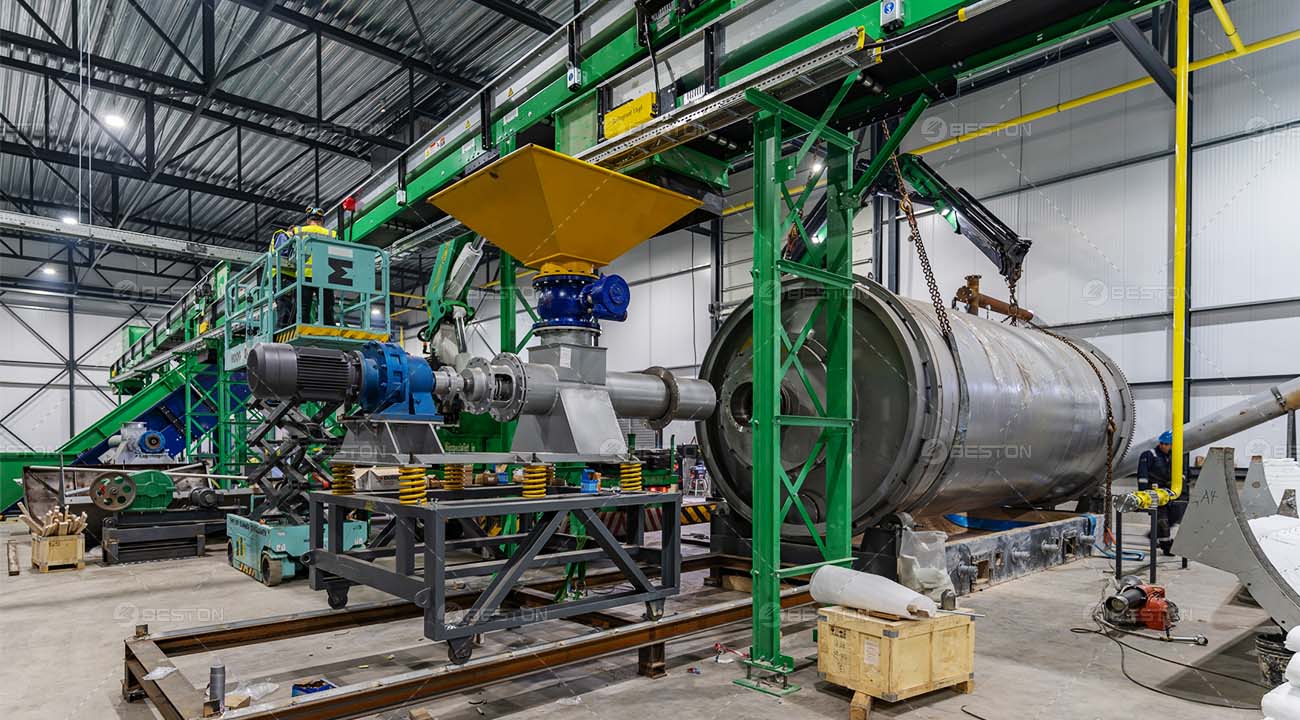When considering investing in a tyre pyrolysis plant, evaluating the cost is a crucial step. Understanding the expenses involved in setting up and running the plant can help you make informed decisions and assess the financial viability of the venture. In this article, we will delve into the various factors influencing the cost of a tyre pyrolysis plant and discuss strategies for cost optimization.
Initial Investment
The initial investment is a significant factor in the overall tyre pyrolysis plant cost. It includes the cost of purchasing the plant itself, which can vary depending on the size, capacity, and technology used. Additionally, expenses related to site preparation and installation, such as land acquisition, permits, and infrastructure development, should be considered. Proper planning and budgeting for these initial expenses are essential for a smooth plant setup.Operational Costs
Operating a tyre pyrolysis plant incurs various ongoing expenses that need to be taken into account. Raw material procurement and transportation expenses are crucial factors. The cost of acquiring used tyres or waste rubber, as well as the logistics involved in transporting them to the plant, can significantly impact operational costs. Energy consumption and utility costs, including electricity and water usage, should also be considered. Furthermore, labor and maintenance expenses for plant operations and upkeep play a role in the overall operational cost.
Return on Investment (ROI)
Calculating the return on investment (ROI) is an important step in assessing the financial viability of a tyre pyrolysis plant. The potential revenue from the sale of pyrolysis products, such as fuel oil, carbon black, and steel wires, needs to be estimated. Market demand, product pricing, and sales channels are factors that influence revenue generation. Assessing the payback period, which is the time required to recover the initial investment, and determining the profitability of the plant are key aspects of ROI analysis.Cost Optimization Strategies
To optimize the cost of a tyre pyrolysis plant, several strategies can be employed.Choosing the right plant size and capacity is crucial. A larger plant may have higher initial costs but can yield higher production volumes and revenue. However, it is important to assess the market demand and available feedstock supply to avoid overcapacity.
Exploring financing options and incentives can help offset the initial investment. Financing solutions such as loans or grants can ease the financial burden and make the project more feasible. Additionally, there may be government incentives or subsidies available for environmentally friendly initiatives like tyre pyrolysis plants.
Evaluating long-term operational efficiency and maintenance costs is essential for cost optimization. Investing in quality equipment that offers durability and reliability can reduce maintenance expenses over time. Regular maintenance and optimization of plant processes can also lead to increased efficiency and cost savings.
Comments
No comments yet. Be the first to react!